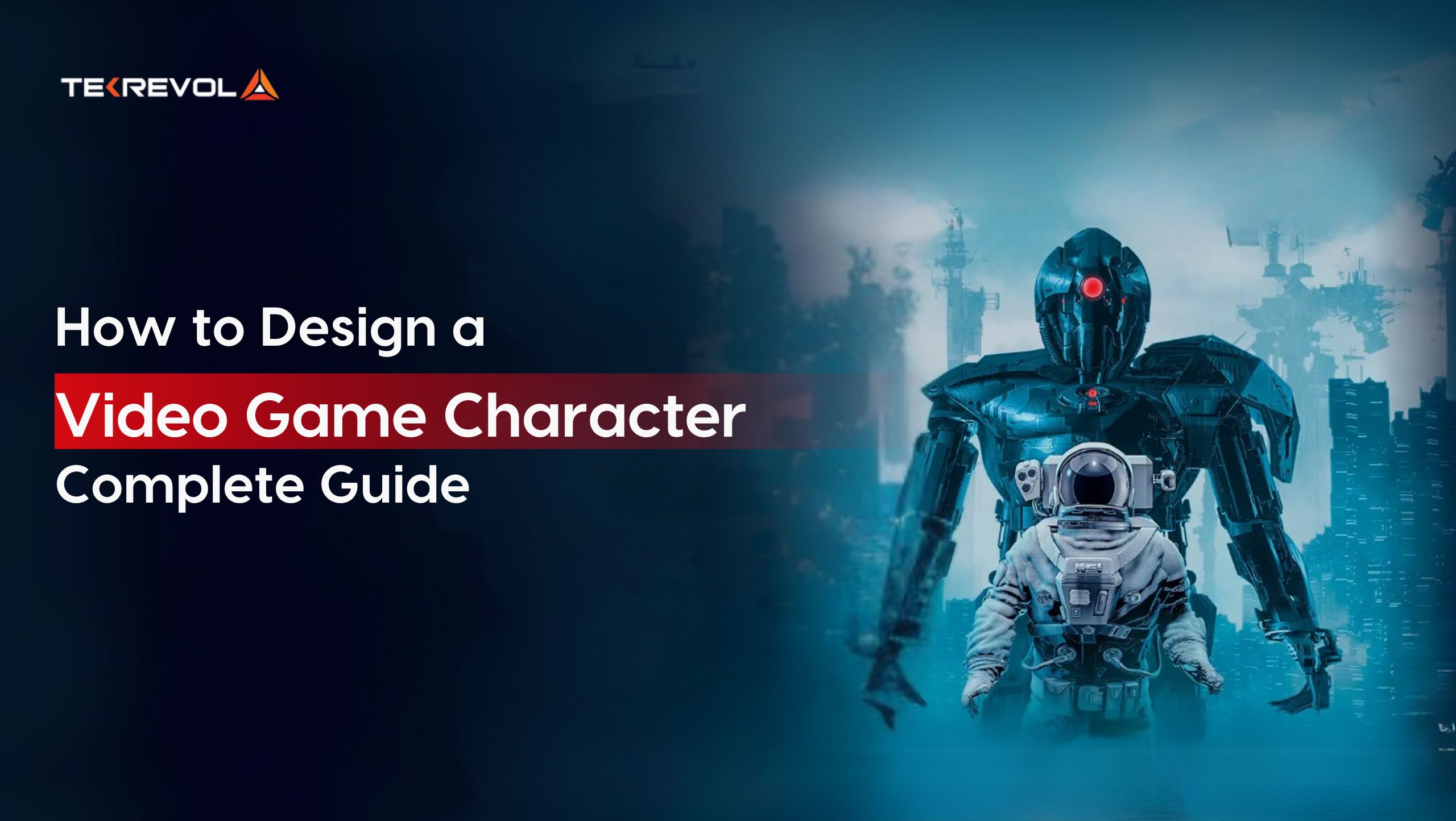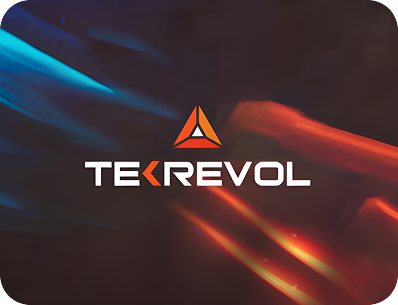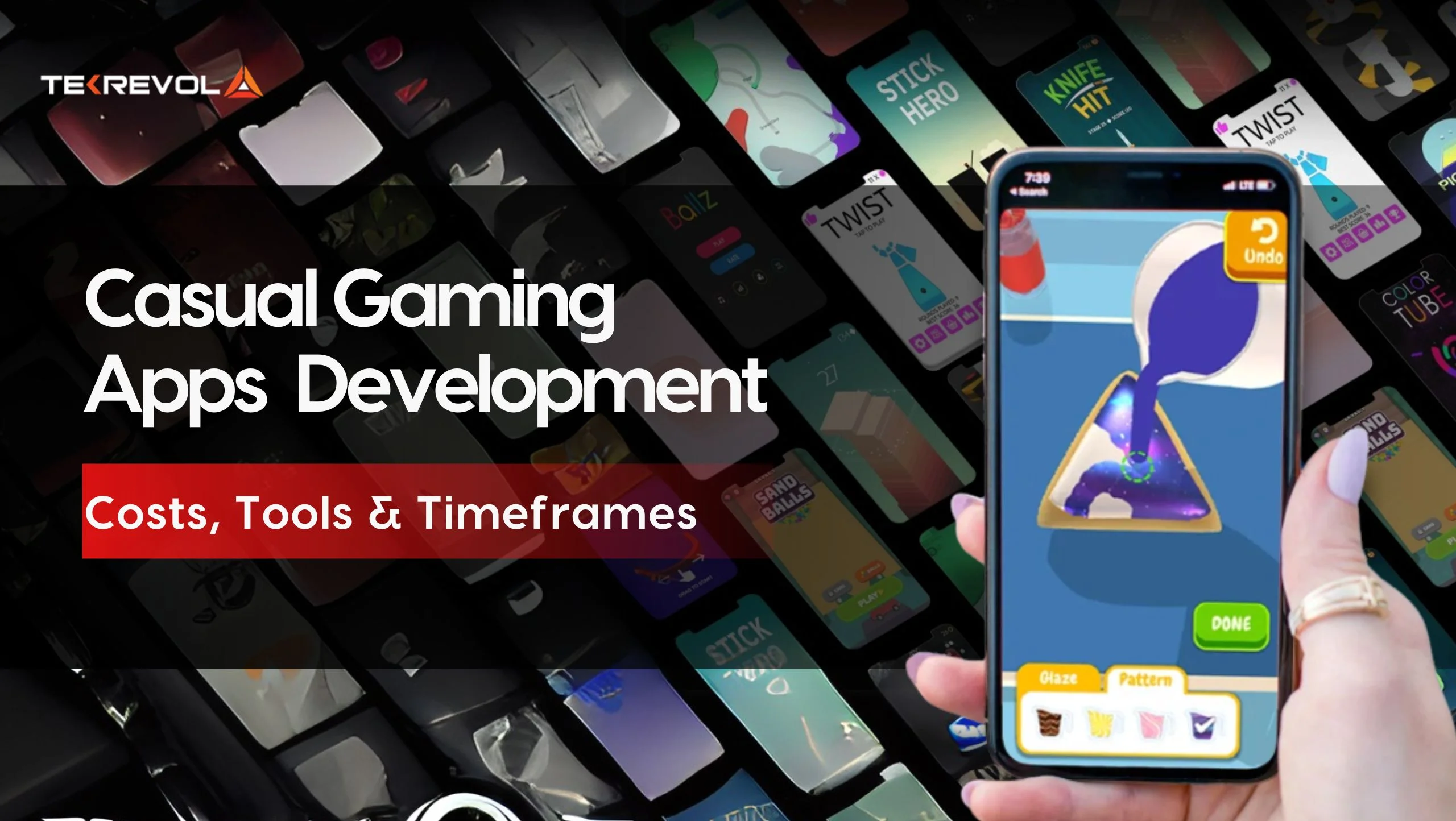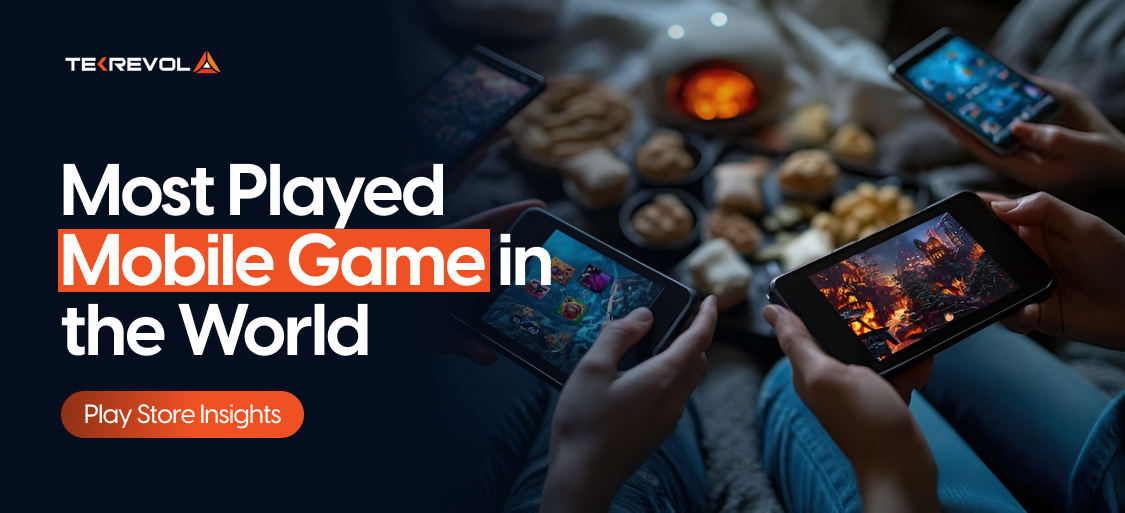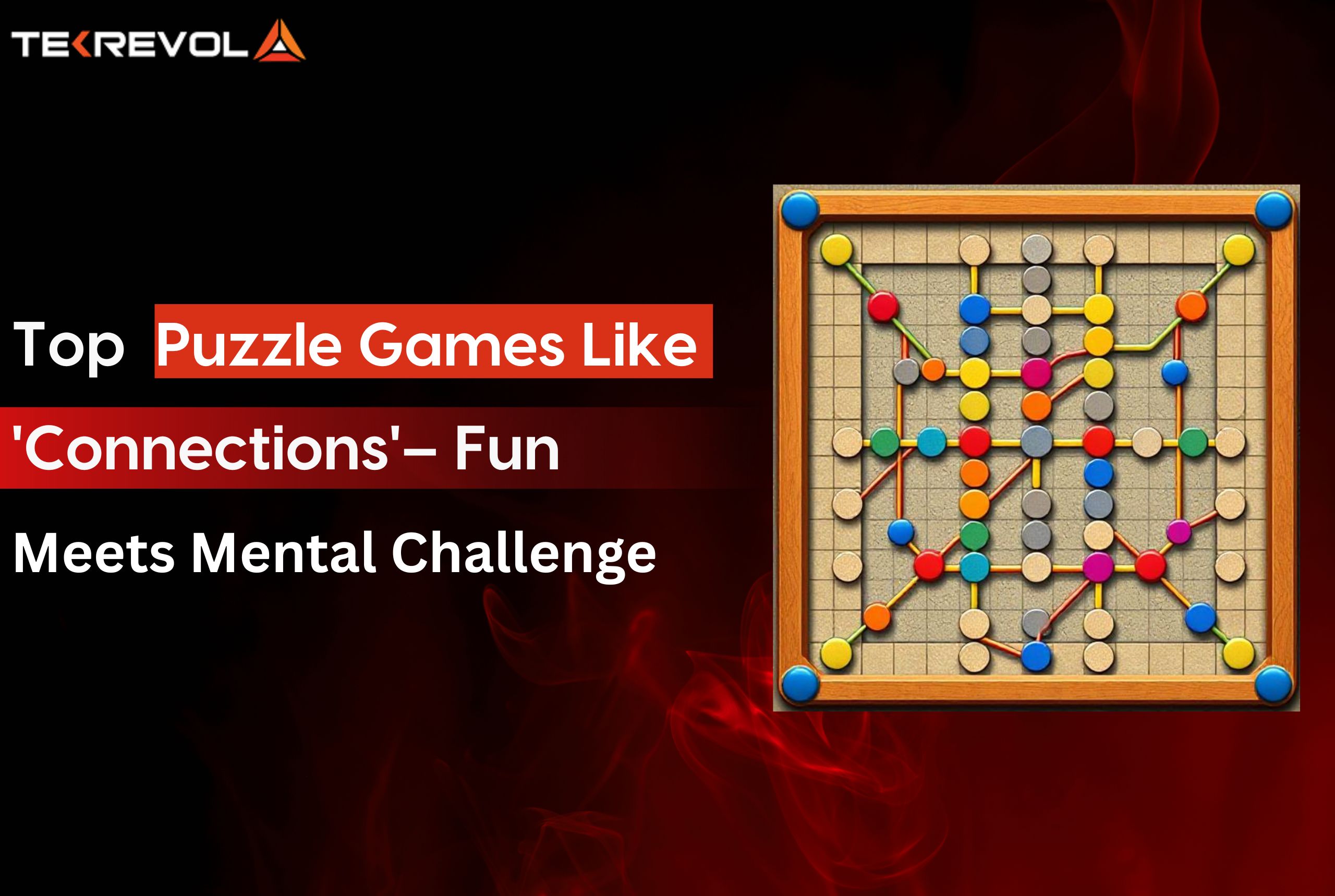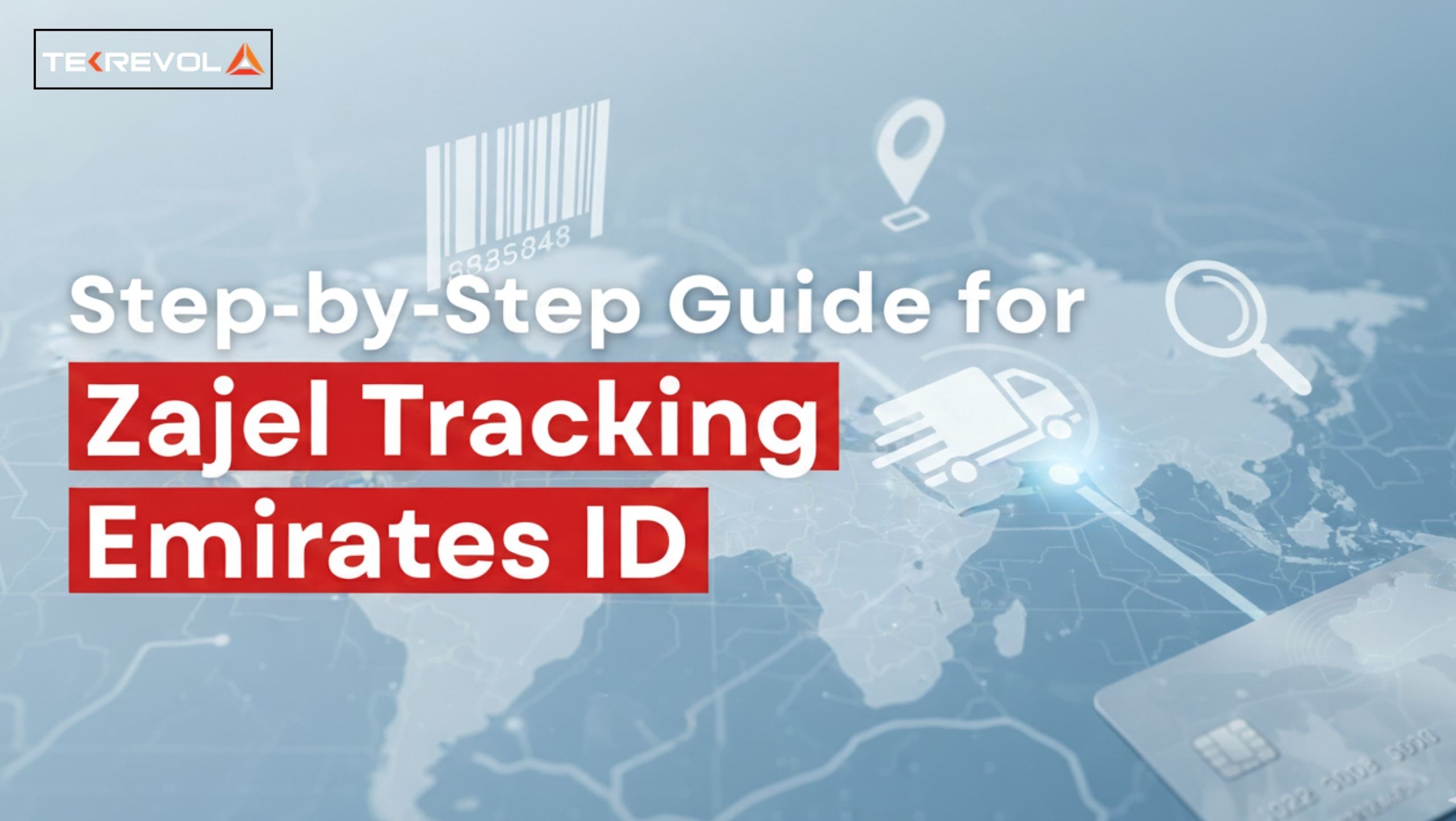Design an epic game character with a cool backstory, slick outfit, and even a flaming sword. You step back and think, “Yep. Nailed it.”
Then you test it… and something is off. They look the part, sure, but video game characters don’t feel like the hero. They’re forgettable. Flat. Like they wandered in from someone else’s game.
It happens more than we admit. Because designing a video game character that truly lands isn’t just about visuals. It is about crafting someone with personality, purpose, and staying power. Someone who makes players care and keeps them coming back.
In this guide, we will show you how to create a video game character from the ground up. Not just how they look, but how they think, move, speak, and why all that matters for your game’s success.
Whether you’re building an indie gem or leading a studio project, we have got you covered with pro tips, tools, examples, and a few hard truths.
What Are Video Game Characters?
Let’s take a quick step back. Before you get deep into armor details and color palettes, it is worth asking what exactly is a video game character.
Video game characters are digital representations of people, creatures, or entities that players interact with in a game. They serve as the emotional and functional core of gameplay, driving the narrative and shaping the player’s experience.
What Types of Game Characters Exist and Why Are They Important?
From heroes and villains to NPCs and sidekicks, each character type plays a distinct role in gameplay and storytelling. Understanding their purpose helps create balanced, engaging player experiences.
Here is a quick breakdown of different character designs for video games:
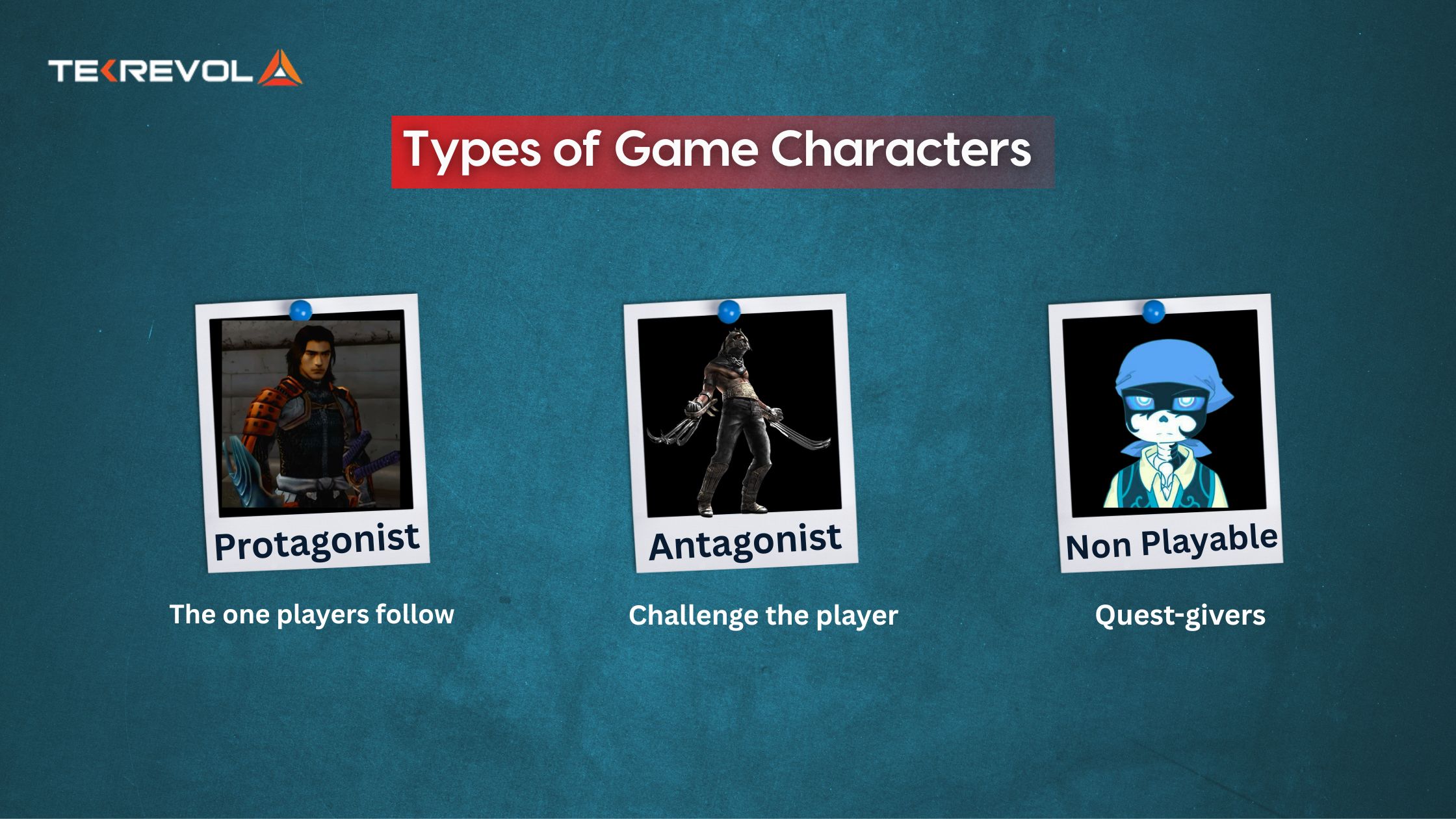
- Protagonists: Your main character, the one players embody or follow. Think Aloy, Link, or Master Chief.
- Antagonists: The opposition. They drive conflict, challenge the player, and often steal the spotlight (looking at you, Sephiroth).
- NPCs (Non-Playable Characters): Quest-givers, shopkeepers, comic relief… or the guy who just says, “I used to be an adventurer like you.”
Each type plays a distinct role in how the game unfolds and how players connect with the world.
How Do Game Characters Drive Storytelling?
A well-designed video game character does more than move the plot; they carry it. They are often the primary vessels for narrative.
Their development, dialogue, and design bring the story to life and deepen player immersion. Think about it: Would The Last of Us hit the same without Joel and Ellie’s bond? Or would God of War be as powerful without Kratos’ emotional depth?
Characters are the story, and they turn gameplay into something unforgettable.
2D vs. 3D Characters: Style Meets Function
This one is more than just a visual choice. 2D characters shine in stylized games. They are simple, expressive, and full of charm (just look at Hollow Knight or Celeste).
Meanwhile, characters in 3D game development bring the drama. They add realism, depth, and that cinematic “wow” factor you see in expansive worlds like Assassin’s Creed or Horizon Zero Dawn.
Both styles can deliver incredible results; it all depends on the tone, budget, and platform of your game.
- Your Characters Deserve More Than Templates
- Why settle for generic when your game could lead with unforgettable characters? We bring your boldest ideas to life.
Why Is Character Design Critical in Video Games?
Alright, now that we know what game characters are, let’s get into how they are made and why their design can make or break the player’s experience.
At its core, Video game character design shapes how players connect with a game. It combines visual appeal, personality, and function to make characters both believable and engaging.
But don’t let the word “design” throw you off. It is not just about cool outfits or flashy armor. It is about building a personality players can connect with (or fear, or laugh at).
It’s about purposeful creation.
From the first concept sketch to the final in-game model, every detail should align with how the character fits into gameplay, story, and the player’s emotional experience.
So, when planning your project, understand how character design fits into the broader game development stages for optimized gameplay.
Why Design Choices Matter for Characters
Ever rage-quit a game because the character felt stiff, annoying, or just… meh? Yeah, we too. A good game character design does more than look pretty.
It affects:
- Player behavior: Will they protect this character? Fear them? Mock them?
- Gameplay mechanics: Does the design support their role or class?
- Brand value: Strong characters = merch, cosplay, fan art, loyal communities
From facial expressions to idle animations, every pixel plays a part. So, if you want to boost player engagement and immersion, nail your character design for video games.
Step-by-Step Guide: How to Design Characters for a Video Game
Designing a video game character involves concept development, visual styling, technical modeling, animation, and in-game integration.
It is a journey from scribbles on a napkin to a fully animated, emotionally resonant in-game hero (or villain). Here’s how to bring your vision to life:
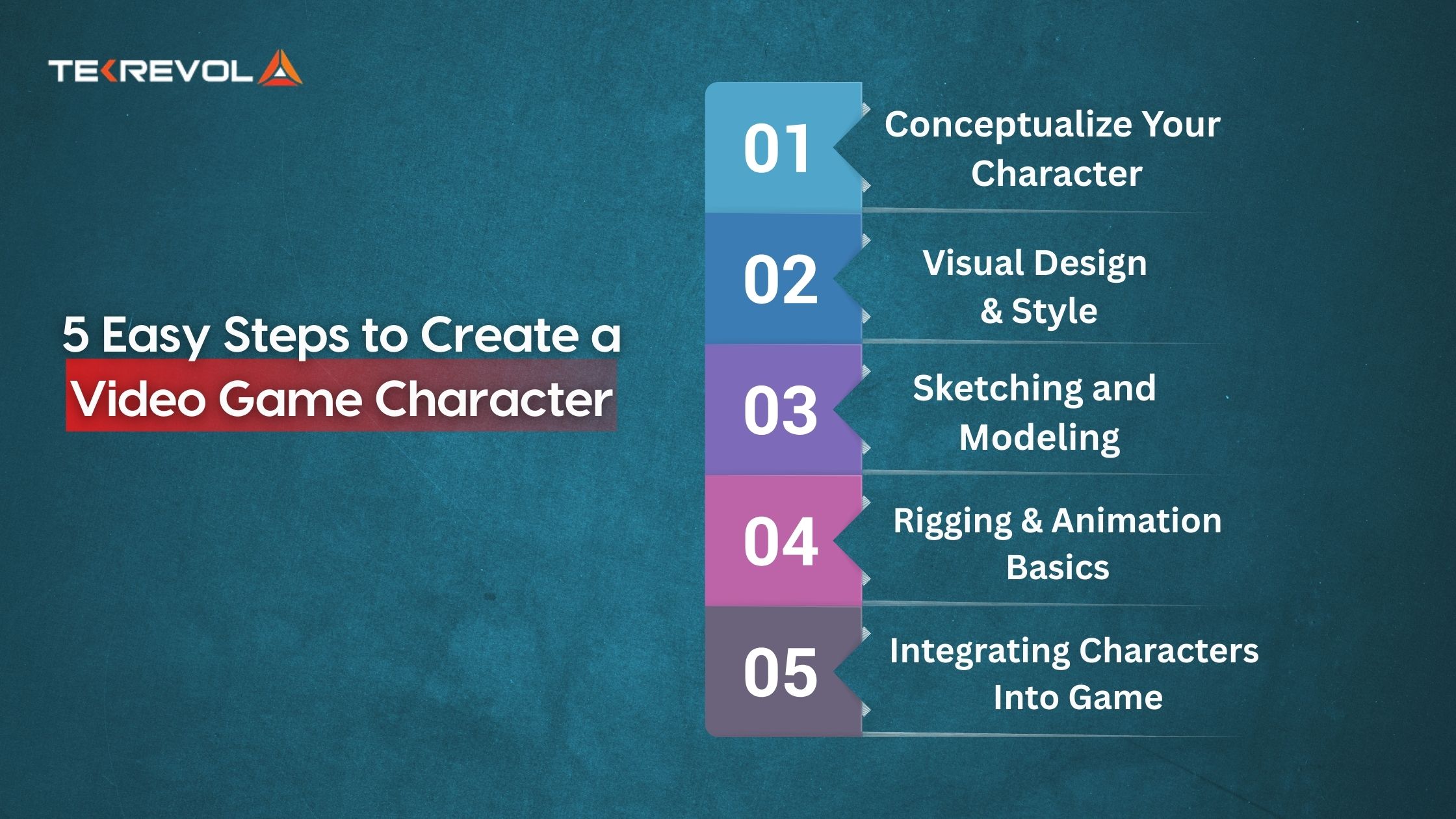
Whether you are an indie dev, a creative lead, or just character-curious, here is how to create a game character:
Step 1: Conceptualize Your Character
Let’s be honest! Nobody remembers a character just because they looked “cool.” What really sticks is their story.
Before you touch a pencil (or stylus), ask:
- Who is this character?
- What do they want?
- What gets in their way?
Create a backstory. Is she a battle-hardened ex-general trying to atone? Or maybe a mischievous raccoon wizard with commitment issues?
Define clear traits and archetypes. Are they the lone wolf? The comic relief? The reluctant hero? These choices shape everything from design to voice acting.
Start with what excites you. Think in contrasts: Tough but kind, small but deadly. And don’t stress about making them perfect. Just make them authentic.
Step 2: Visual Design and Style
Now the fun part: How does your game character look? Here’s where imagination meets Pinterest board chaos.
Start with:
- Sketches: Go wild. Iterate fast. Don’t fall in love too soon.
- Mood boards & references: Pull from art, movies, fashion, even memes.
- Silhouettes: Yep, even their shadow should be iconic.
Then pick your art style:
- Realistic: Great for cinematic games. Expect a steeper production curve.
- Cartoonish: Expressive, readable, and often more timeless.
- Pixel art: Nostalgic, crisp, and scalable for indie or retro titles.
Step 3: Technical Creation (Sketching & Modeling)
Here’s where your video game character stops being a “vibe” and starts becoming a model.
This step involves modeling, texturing, and occasionally screaming into a pillow when topology breaks. Depending on your game type:
- 2D characters: Use tools like Photoshop, Procreate, or Krita.
- 3D characters: Blender, ZBrush, and Maya are your best friends (or worst enemies, depending on the day).
Heads up! These tools and the tech behind them do come with costs and features you will want to understand before diving in. Getting a handle on game app development costs can save you from surprises later and help you plan better.
Step 4: Rigging and Animation Basics
Alright, your character looks amazing. But can they move? Can they blink, jump, emote, or do that weird idle animation loop?
Rigging is the skeleton system inside your character. It tells them where their elbows are, how their eyes roll, and which way they can twist without breaking.
Animation brings life. The way they walk, draw a weapon, or even stand still contributes to their in-game personality. Bad animation = instant immersion break. Don’t skip it.
Step 5: Integrating Characters Into the Game
Now it is go-time. But before you celebrate, test everything.
- Does the character’s ability match your gameplay mechanics?
- Do their hitboxes align with animations?
- Do their interactions feel natural in your environment?
This phase is all about iteration. Tweak, test, repeat. It is not glamorous, but it’s where polish happens.
- Want to Design Characters That Gamers Remember
- We mix the science of gameplay with the art of storytelling to make characters unforgettable.
What Are the Best Practices for Game Character Design?
Designing a memorable game character isn’t just about flashy armor or shocking hairstyles. It is also about making sure your character feels real and relatable to the players who’ll spend hours with them.
Effective character design balances function, diversity, storytelling, and engagement. Follow best practices to create characters players remember.
-
Embrace Inclusivity and Cultural Sensitivity
Games reach everyone now. So, skipping cultural awareness or diversity isn’t just tone-deaf, it is bad business.
Think beyond stereotypes.
Respect cultural backgrounds and design characters that resonate globally without feeling like a checklist or a caricature. The magic happens when you build video game characters that reflect the rich, diverse world we live in.
-
Design for Player Customization
Players love to put their stamp on their avatars. Building characters with customization options like skins, gear, and abilities not only extends replayability but also makes players emotionally invested.
Remember: flexibility and clear UI/UX design matter. If your players get stuck or confused trying to tweak their character, they’ll rage-quit faster than a boss fight.
-
Avoid Common Pitfalls
Even the most stunning game character can fall flat if a few key things go wrong. Here’s what to steer clear of, like a glitchy boss fight that breaks immersion:
- Overcomplicating the design: If your character looks like a walking puzzle, players will be more confused than impressed. Keep it clean, clear, and purposeful.
- Ignoring gameplay synergy: A cool design is great, but if your character doesn’t mesh with the gameplay, it is like putting a wizard in a racing game. Make sure the vibe matches the mechanics.
- Forgetting accessibility: Don’t skip the basics. Think colorblind-friendly palettes, readable fonts, and scalable UI. Everyone should get to enjoy your masterpiece.
Mastering these best practices keeps your characters playable, lovable, and memorable.
What Tools and Resources Can You Use to Design Game Characters?
So, you’re wondering, how can I design my own character? The good news is, you don’t need to be a wizard overnight.
From free sketching apps to full 3D pipelines, a wide range of tools are available. Choosing the right one depends on your budget, skill level, and game type.
Here is the toolkit every game character designer needs.
Recommended Software and Hardware
To start crafting your character, you’ll want reliable software that fits your style and goals. Here are the top picks for both beginners and pros:
- 2D Design: Adobe Photoshop, Clip Studio Paint, and Krita are fantastic for sketching and texturing.
- 3D Modeling: Blender is a free, powerful choice for modeling, while ZBrush offers detailed sculpting features. Maya is great if you are diving deep into animation and rigging.
- Hardware: A good drawing tablet (Wacom or Huion) can be a game-changer. Yes, your mouse can only do so much.
If focusing on creating interactive gaming experiences on handheld devices, mobile app development platforms can give you insight into how your character fits into the bigger picture.
Online Tutorials, Courses, and Communities
When asking how can I create my own game design, the learning curve can feel steep. But tons of free and paid resources can guide you:
- YouTube channels dedicated to game art and modeling (think Blender Guru, CG Geek).
- Online courses on Udemy, Coursera, or specialized art schools.
- Communities like Polycount, ArtStation, or Discord servers where pros and beginners swap tips and feedback.
These platforms can also help you explore deeper into areas like UI/UX design or AR/VR development, expanding your skills beyond just the character itself.
Free vs. Paid Resources
No shame in starting with free stuff! Blender, Krita, and tons of tutorials are zero-cost and super effective.
Paid software and courses tend to offer advanced features, more personalized feedback, or in-depth lessons.
But the real secret? Keep practicing, experimenting, and iterating on your designs.
How Does Character Design Influence Player Engagement?
Think about your favorite video game character! Why do you remember them? It’s not just their look, but how they make you feel. That’s the magic of smart video game character design.
Well-designed characters emotionally connect with players, encourage longer play sessions, and even drive in-game spending. They’re key to retention and immersion.
A well-designed hero or villain can:
- Draw players deeper into the story
- Inspire empathy, excitement, or even fear
- Motivate players to keep playing, unlocking new abilities or story arcs
The design choices, everything from color palette to animation style, affect immersion. For example, a clunky, unrealistic character might pull players out of the game, while a fluid, expressive one invites them to live in that world.
Good character design also means respecting your audience. Players want relatable flaws, clear motivations, and visually distinct silhouettes that are easy to recognize in fast gameplay.
Not sure how all those moving parts fit together? The breakdown of game design vs game development will help you grasp where character creation lands in the entire process.
Plus, it helps you align your design work with your gameplay goals. Ultimately, the stronger your character design, the longer players will stay invested, and that’s gold for any game developer or studio.
Why Trust Tekrevol for Game Character Design
Designing game characters isn’t just about flashy visuals. It’s about storytelling, mechanics, and marketability.
As a full-service game development company, we at TekRevol help studios and startups bring their game ideas to life with characters that resonate and perform.
Our cross-functional teams blend creative concepting with technical firepower. From pixel-perfect 2D sprites to fully rigged 3D avatars, our designers work hand-in-hand with developers to ensure your characters enhance gameplay and support monetization.
We also design NFT-ready, blockchain-compatible characters for the next generation of interactive experiences.
- Turn Your Character Concept into a Playable Legend
- Your character idea is the heart of your game. We make it playable and unforgettable.

